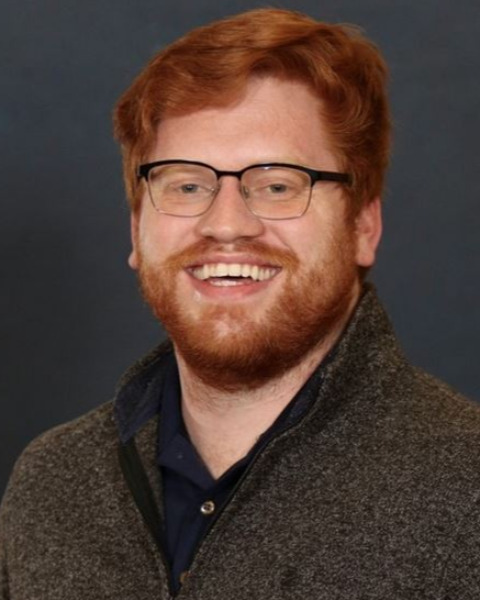Cardiovascular Engineering
Analysis of Structural Retention in Porcine Vascular Tissue with a Custom Perfusion Bioreactor
(G-249) Analysis of Structural Retention in Porcine Vascular Tissue with a Custom Perfusion Bioreactor
- TS
Taylor Seawell
PhD Student
Clemson University, Department of Bioengineering
Clemson, South Carolina, United States - RF
Reece Fratus
PhD Student
Clemson University
Clemson, South Carolina, United States 
Adam Baker, MS
Graduate and Teaching Assistant
Clemson University
Clemson, South Carolina, United States- BG
Bruce Z. Gao
Professor
Clemson University, United States - RG
Richard Goodwin
Professor
University of South Carolina S, United States
Presenting Author(s)
Co-Author(s)
Last Author(s)
Co-Author(s)
Materials and Methods:
Saphenous veins and carotid arteries were harvested from Clemson University’s on-campus research facility, Godley-Snell. Decellularization was performed and various histological and biochemical analyses were performed to ensure genetic material was removed and structure was maintained . The tissues were fixated in a custom perfusion bioreactor that was capable of mimicking natural hemodynamics. These conditions allowed for the simulation of the blood vessels capability to sustain blood flow in vivo. The OCT imaging system was combined with the perfusion system to visualize deformation of the vessel walls.
Results, Conclusions, and Discussions:
The imaging and staining performed determines the preservation of the collagen and elastin in the scaffold. The preservation of proteins demonstrates potential for the scaffold to be used for the recolonization of cells. DNA analysis techniques represent successful removal of the genetic material from the porcine tissue. This testing supports the capability of the scaffold to be used for recellularization and to sustain cellular growth. Further, the OCT images obtained provide indication of the mechanical retention and the amount of deformation the vessels undergo with specified flow conditions.
Effectively removing the cellular components and genetic material of porcine saphenous veins while maintaining structural integrity allows for tissue regeneration for cardiovascular graft applications. The flow conditions greatly contribute to the success of the scaffold and the proliferation of cells. The flow is able to be monitored and controlled using the perfusion bioreactor. OCT imaging allows for the deformation and formation of the layers of the vessel walls during seeding to be better understood. The visibility of the colonization of endothelial cells would improve the ability to effectively produce a successfully seeded graft.
Moving forward, the focus of this project will shift towards hydrodynamic testing with decellularized and native tissues. The colonization of endothelial cells will be further studied. Use of an OCT imaging system will allow for visualization of deformations with changes in pressure and the proliferation of cells.
Acknowledgements (Optional): : This study was partially supported by the National Institutes of Health through SC COBRE (P20GM121342), R01 funding (R01HL144927), and the National Science Foundation EPSCoR Program (OIA-1655740 and OIA-2242812).
References (Optional): :
